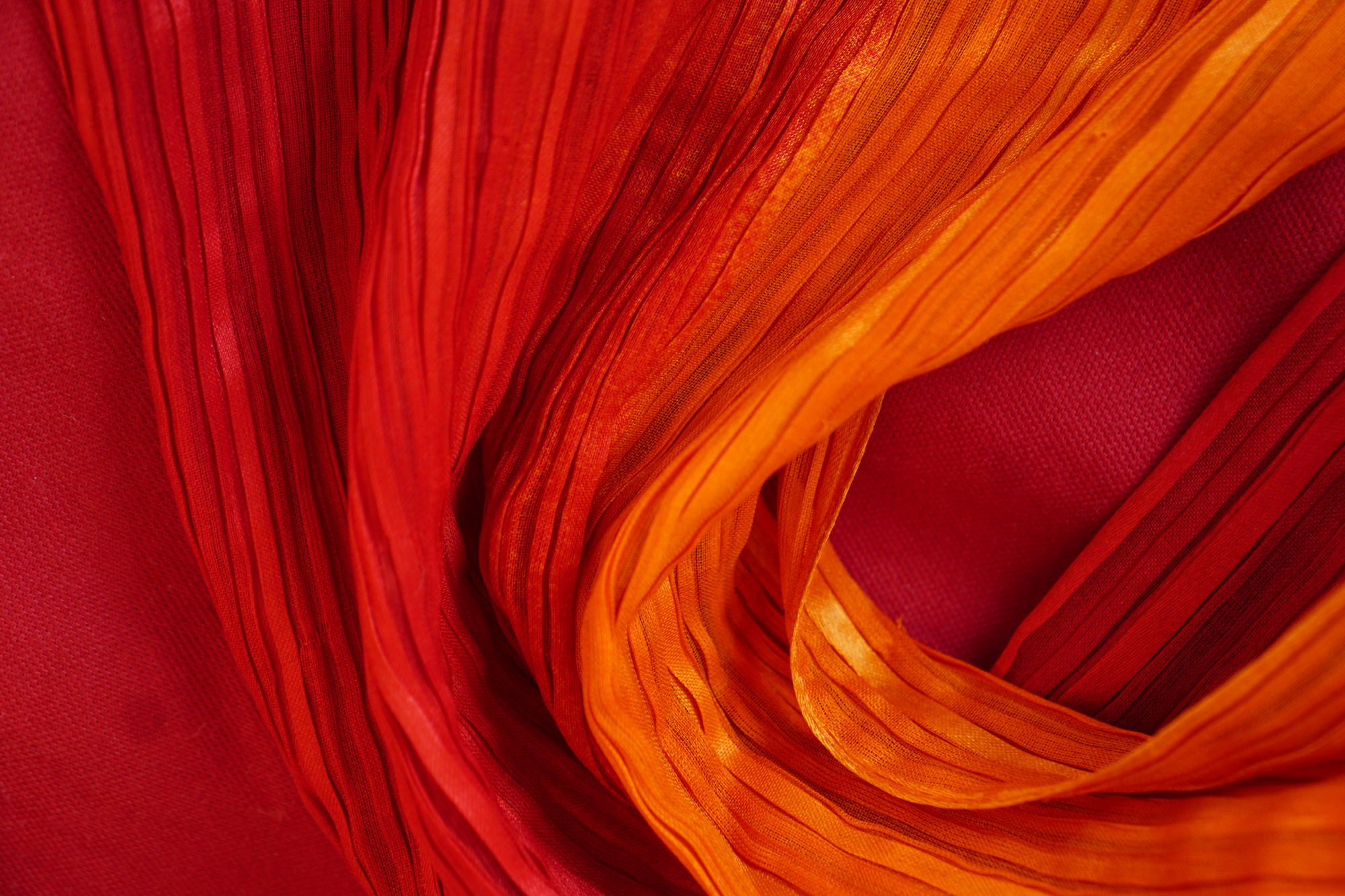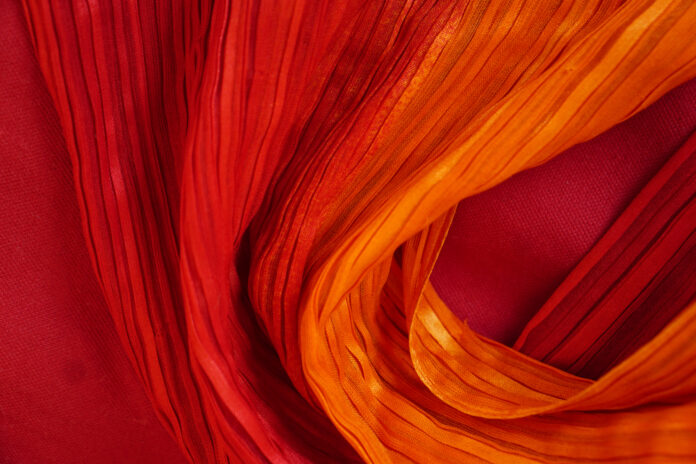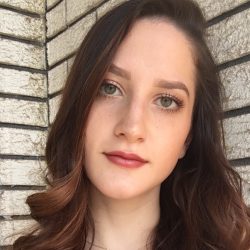
How would I dance like the other girls, with my hijab on?
I did not start wearing hijab because I especially wanted to. But I didn’t want to disappoint my mom, so when I started high school, I decided I was going to wear it. It was the next logical step for a young Muslim woman.
I was the eldest Muslim girl in my family of converts, so this was a new experience for everyone, dealing with a teenage Muslim girl. I decided that I would try it.
I remember the first time I took it off in school. There was going to be the first dance of the term. The boy I had a crush on would be there. How would I dance like the other girls, with my hijab on? I wanted to fit in, I wanted attention from boys. I wanted them to notice me, and not think about the fact that I was Muslim. I wore a dress I bought over the summer. When my crush saw me, he said “wow.” But this was not the moment when I decided to stop covering for good.
My dad came to school to visit me one afternoon. I gave him a tour of my dorm, and then my room. I grabbed my purse and said I was ready to go. I was not wearing my hijab. As I walked towards the door, his hand came down over the handle, stopping me in my tracks.
“Aren’t you forgetting something?” he asked.
I don’t remember what I said, or if I said anything at all. But I do remember putting on my hijab.
My father is a white, blonde haired, blue eyed guy from Ohio. He didn’t grow up in a strict household. He drank alcohol, smoked weed and dated. But those things were not what he wanted for his two kids. The same can be said for my mother, who is a Puerto Rican woman from the South Bronx. My parents always speak about their conversions to Islam with such passion, talking about how it changed their lives in such positive ways. My mom always tells me it is the greatest gift she could give me.
But I don’t have a life-changing conversion story. I was born Muslim; I did not choose Islam for myself. As an adult, I strongly identify with Islam, and even plan to raise my children with some of Islamic traditions. But there are other parts of my religion that I choose not to accept. One of those is the hijab.
I remember, in high school, feeling exhausted by all the questions. I felt like the spokesperson for Islam, and as if everyone was always staring at me, and asking me what my hair looked like underneath. I yearned to go back to my life a few months earlier, when I wasn’t the focus of so much attention.
My story isn’t unique, either. The hijab is something other Muslim women think about, whether they wear it or not.
Asma Uddin, an attorney born in Miami to Pakistani parents, is devout in her religious beliefs, but stopped wearing a headscarf when she found it was interfering with her work.
“I was tired of being a political spokesperson for my faith,” she said in an interview with National Public Radio. “I felt that I should be able to put that away, and wearing a headscarf in public doesn’t give you that luxury. I was tired of trying to prove that Muslim women in headscarves are also empowered, [by saying] ‘Look at me. I’m working in a white-shoe law firm with a headscarf on.'”
Not wearing hijab, or unveiling, as I will call it, has become taboo within Muslim some communities — but also in a society that struggles to understand its Muslim minority, especially in the current climate of misconception.
There are about 1 million Muslim women in America. According to the Pew Research Center, 43 percent of them wear headscarves all the time, while another 48 percent — or half a million women — don’t cover their hair.
The question I have is this: why, when there are so many Muslim women in America who don’t cover, is there still such a taboo and discomfort in pointing out the obvious? I have found that unveiling is synonymous, to many Muslims, with denouncing Islam. It is interpreted as an act of defiance against Islamic law, when Islam is actually a complex lived religion. Some Muslim women have personal reasons for not covering that do not always include identification with the religion.
The hijab seems to cause many to make assumptions or conclusions about the wearer. Common assumptions are that the woman wearing it is very religious, forced to wear it, or of Middle Eastern descent. In reality, Muslim women come from all types of backgrounds and have unique personal stories.
The Quran mentions veiling five different times. Those passages have been widely critiqued and debated by women like Laleh Bakhtiar, the first woman to translate the Quran into English.
“The veil is the wrong thing to be stuck on when discussing Muslim women’s rights in Islam,” she told the Huffington Post. “In fact, in many cases, the Quran reinforces a Muslim woman’s self-esteem. And Muslim women worldwide are using the Quran to reassert their rights — rights that have been taken away from them through patriarchal interpretations and laws.”
Hijab should be a choice, respected by all, whether worn or not. I believe that, with the election of Donald Trump, hate crimes toward Muslims, and stereotypes about them, will increase. The New York Times reported that there were 257 reports of assaults, attacks on mosques and other hate crimes against Muslims in 2016, a 67 percent jump from 2014, and the highest number since 2001.
Now more than ever it is important to support Muslim women in the United States, especially those who do cover, as they are so easily identified as Muslim. I hope Muslim women continue to protect their rights as human beings and Muslims, and to reclaim what hijab means to them.


